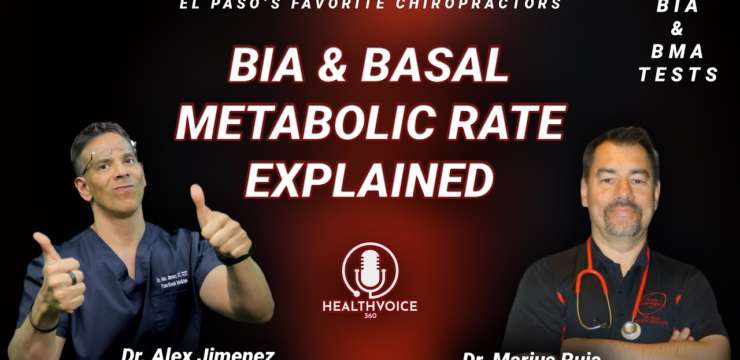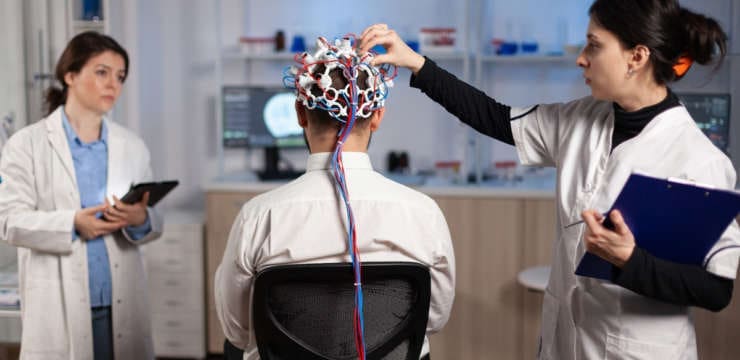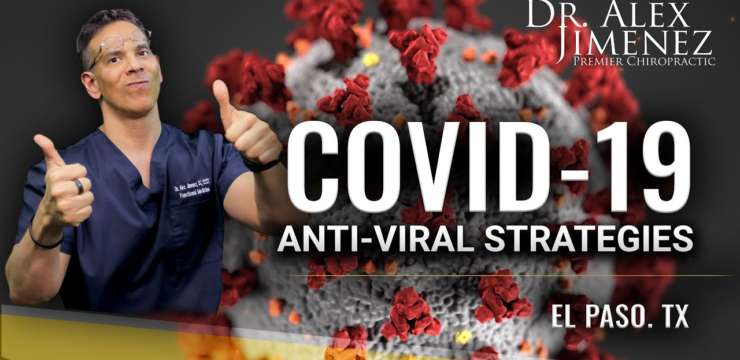Introduction In today’s podcast, Dr. Alex Jimenez, Health Coach Kenna Vaughn, and Sports Dietitian Lizette Ortiz discuss how food substitutions can help a person feel…

Nutrition and Wellness go hand in hand. Food provides people with the necessary energy and nutrients to be healthy and for their bodies to perform optimally. By eating a variety of colorful foods, including good quality vegetables, fruits, whole-grain products and lean meats, the body can replenish itself with the essential macronutrient (proteins, carbohydrates, fats) and micronutrients (vitamins and minerals) to function effectively. Healthy eating does not have to be hard. The key is to eat a variety of foods, which include vegetables, fruits, and whole-grains. Eat lean meats, poultry, fish, beans, and low-fat dairy products and drink about half your body weight in ounces of water. Limit salt, sugar, alcohol, saturated fat, and trans fat. Saturated fats usually come from animals. Look for trans fat on the labels of processed foods, margarines, and shortenings. Dr. Alex Jimenez and his health coach offer nutritional examples as well as describe the importance of a balanced nutrition throughout this series of articles, emphasizing how a proper diet combined with physical activity can help individuals reach and maintain a healthy weight, reduce their risk of developing chronic diseases like heart disease, and ultimately promote overall health and wellness.

Introduction In today’s podcast, Dr. Alex Jimenez, Health Coach Kenna Vaughn, and Sports Dietitian Lizette Ortiz discuss how food substitutions can help a person feel…

Introduction In today’s podcast, Dr. Alex Jimenez, Health Coach Kenna Vaughn, and Sports Dietitian Taylor Lyle discuss what does sport nutrition and a healthy diet…

A typical diet consists of consuming three meals: breakfast, lunch, dinner, and snacks in between. However, this is not always the case, depending on individual…

Introduction In today’s podcast, Dr. Alex Jimenez sits down with Dr. Mario Ruja about how to become more mindful and take every opportunity to be…

Introduction In today’s podcast, Dr. Alex Jimenez talks with Victoria Hahn about what the fast mimicking diet is and how is it beneficial to the…

Introduction In today’s podcast, Dr. Alex Jimenez talks with Alexander Isaiah and Ryan Welage both medical students at the National University of Health Sciences, about…

Introduction In today’s podcast, Dr. Alex Jimenez and Master Nutritionist, Ana Paola Rodriguez Aricienga are continuing what the beneficial properties of melatonin do to the…

Introduction In today’s podcast, Dr. Alex Jimenez, Senior Health Coach Kenna Lee Vaughn, and Master Nutritionist Ana Paola Rodriguez Arciniega discuss what melatonin does to…

Introduction In today’s podcast, Dr. Alex Jimenez and Dr. Mario Ruja discuss the reasons why functional medicine is important and how it can safely and…

Introduction In today’s podcast, Dr. Alex Jimenez DC* and Dr. Mario Ruja DC* explained what is basal metabolic rate, BMI, and BIA to the body…

The physiological activity and importance of the vagus nerve have let it into the spotlight as an alternative treatment for inflammatory bowel diseases. Indeed, the…

Introduction In today’s podcast, Dr. Alex Jimenez and PUSH Fitness owner, Daniel Alvarado discuss how PUSH was created and demonstrate how the right motivation can…

Introduction In today’s podcast, Dr. Alex Jimenez and his crew discuss the necessary antiviral strategies that the body needs to boost its own immune system.…

Introduction In today’s podcast, Dr. Alex Jimenez and Dr. Mario Ruja discuss what metabolic syndrome is and the risk factors that associate with metabolic syndrome.…

Introduction In today’s podcast, Dr. Alex Jimenez and Push Fitness owner, Daniel Alvarado discuss the three points of weight loss as well as why is…

Introduction In today’s podcast, Dr. Alex Jimenez, Health Coach Kenna Vaughn, and Astrid Ornelas discuss a variety of natural treatment methods and techniques in treating…

Introduction In today’s podcast, Dr. Alex Jimenez DC, Health Coaches Adriana Caceres and Faith Arciniega, Massage Therapist Amparo Armendáriz-Pérez, and Clinical Nutritionist Ana Paola Rodriguez…